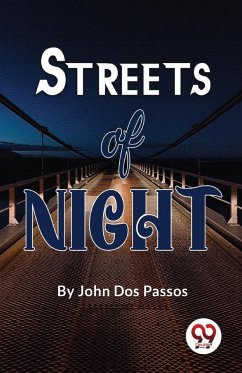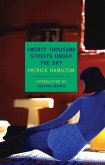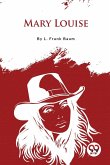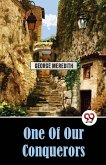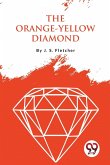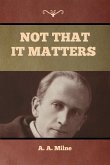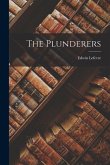Streets of Night is a novel by John Dos Passos, set in the early 1900s in Cambridge, Massachusetts, and focuses on the lives of two college students, Fanshaw and Cham. The story revolves around their experiences with women, particularly with Phoebe Sweeting and her friend, both of whom are chorus girls. Cham convinces Fanshaw to accompany him on a double date with Phoebe and her friend, despite Fanshaw's reluctance. They spend the day together, canoeing, picnicking, and visiting a hotel. Fanshaw is uncomfortable with the situation, but Cham insists that everything is innocent and that the girls are respectable. As the day progresses, Fanshaw becomes more and more disillusioned with the world around him, feeling trapped by the expectations of his social class and the narrow-mindedness of his peers. He struggles to reconcile his own desires and values with the society in which he lives. The novel explores themes of class, gender, and sexuality, as well as the tension between tradition and modernity. It is a portrait of a particular time and place but also speaks to universal human experiences of love, loss, and disillusionment.

